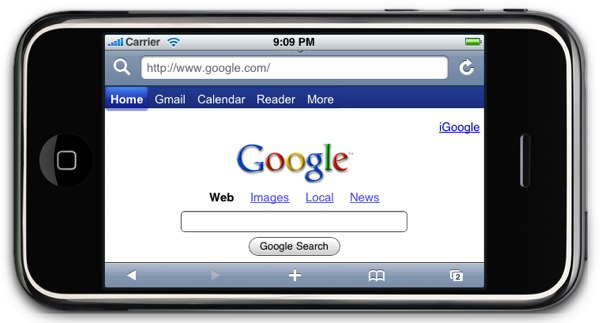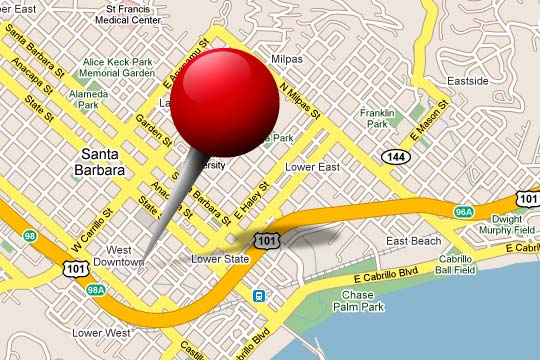
One area brands should be looking at in the near future is mobile search. As mobile devices have become more sophisticated and easier to use, mobile search has become the starting point for consumers on the go.
Before tackling a mobile search plan, it’s necessary to understand how mobile paid search differs from its traditional web-based counterpart:
- There is less competition within mobile search, but there are also fewer ads per page.
- Calls to action and user experience can vary based on objective. For instance, click-to-call and click-to-map don’t need to point to a mobile site.
- Shorter search queries means there are greater demands for relevancy and understanding intent.
- The constantly accessible devices lead to greater immediacy with consumers’ needs.
- Marketers must get their point across faster.
Here are eight tips for integrating mobile search into your marketing mix.
1. Group Mobile Campaigns Separately
Mobile search campaigns tend to perform differently from online search campaigns, so you’ll want to be able to measure them on their own benchmarks. Additionally, you’ll often want to establish different bidding rules for each campaign.
2. Broaden Your Scope
Mobile search volume tends to be significantly lower than online search for most keywords. To achieve the best reach, you’ll want to target queries more broadly, include more high-volume queries and possibly include additional keywords.
3. Go Local
 Google Mobile reported that about one in three mobile searches has local intent. If geo-targeting matters at all for you with online search, it’s going to be vital for mobile, because mobile search is especially useful for local queries.
Google Mobile reported that about one in three mobile searches has local intent. If geo-targeting matters at all for you with online search, it’s going to be vital for mobile, because mobile search is especially useful for local queries.
Whether or not they include local modifiers (such as a city name or zip code), consumers searching for “JCPenney” on their mobile phone will expect to find one in their area.
4. Incorporate Mobile Functionality into the Creative
Click-to-call was somewhat useful online, but it’s poised to play a pronounced role in mobile search. Anytime a consumer would benefit by talking to a person, from a booking agent, or someone at a local store, click-to-call can potentially improve conversion rates.
For example, travel companies can leverage click-to-call to connect with on-the-go mobile users searching for information on flight schedules and airline tickets.
5. Target Immediate Needs
 Ad Age reported that 70% of mobile search users complete their task within one hour, compared to 30% on the PC. Make sure copy and landing pages are useful for consumers looking to meet their needs right at that moment. For example, entertainment companies can promote movie listings, theater locations, TV tune-in reminders, album releases, concerts and other live events.
Ad Age reported that 70% of mobile search users complete their task within one hour, compared to 30% on the PC. Make sure copy and landing pages are useful for consumers looking to meet their needs right at that moment. For example, entertainment companies can promote movie listings, theater locations, TV tune-in reminders, album releases, concerts and other live events.
6. Target Searches Outside the Query Box
Some mobile searches take place directly from mapping applications. For Google AdWords advertisers, marketers who enable location extensions and opt-in to the mobile content network can have their ads run on Google Maps for relevant queries. Ads can then direct consumers to Google Places listings to get people right to a store.
7. Prepare for Instant Search
When Google launched Instant Search recently, it was clear that this will be much more important for mobile devices where every keystroke counts. Marketers will want to make sure their listings rank well for the relevant queries at the top of Google’s suggestion list. If this feature proves to be popular with users, you can expect other search engines to follow suit.



